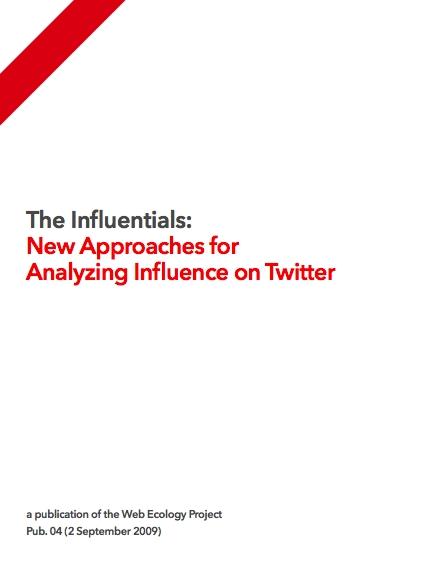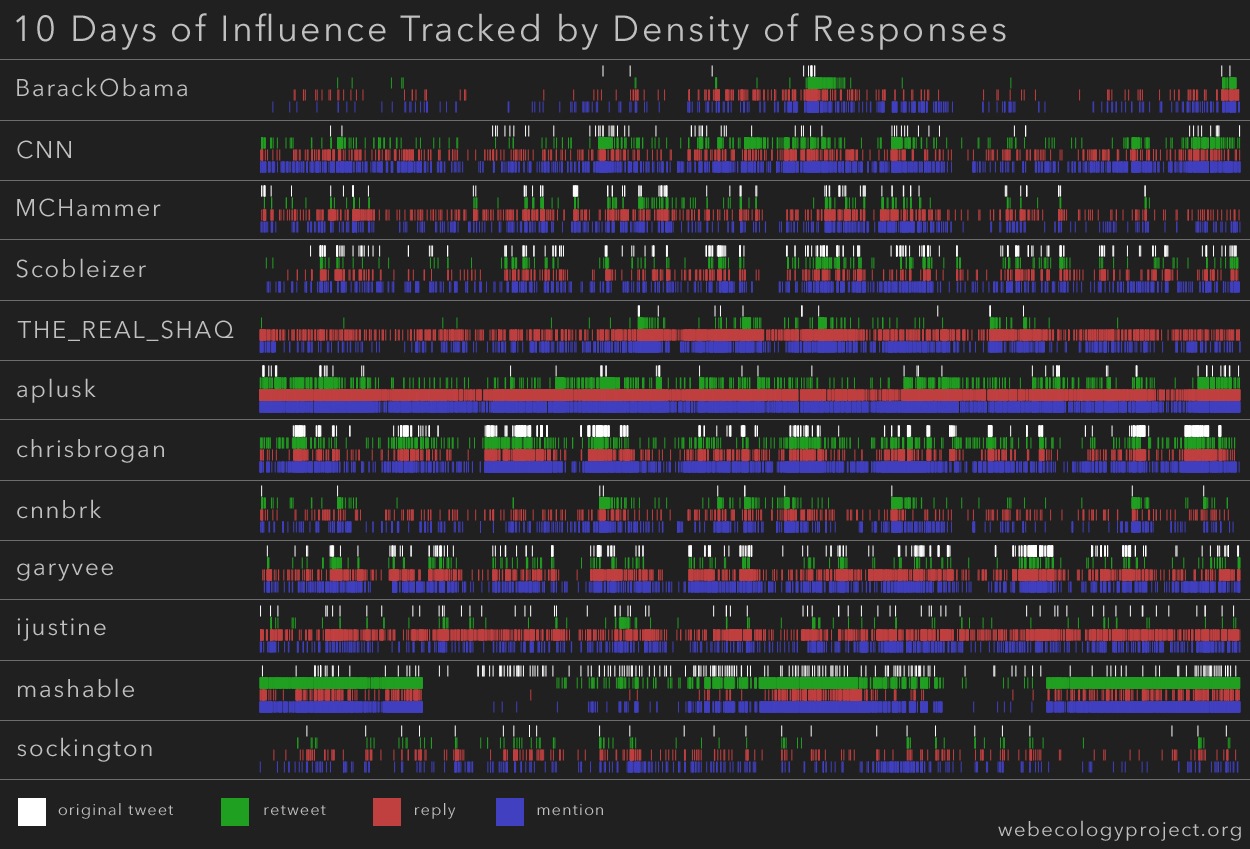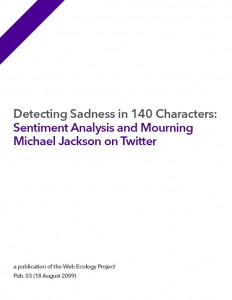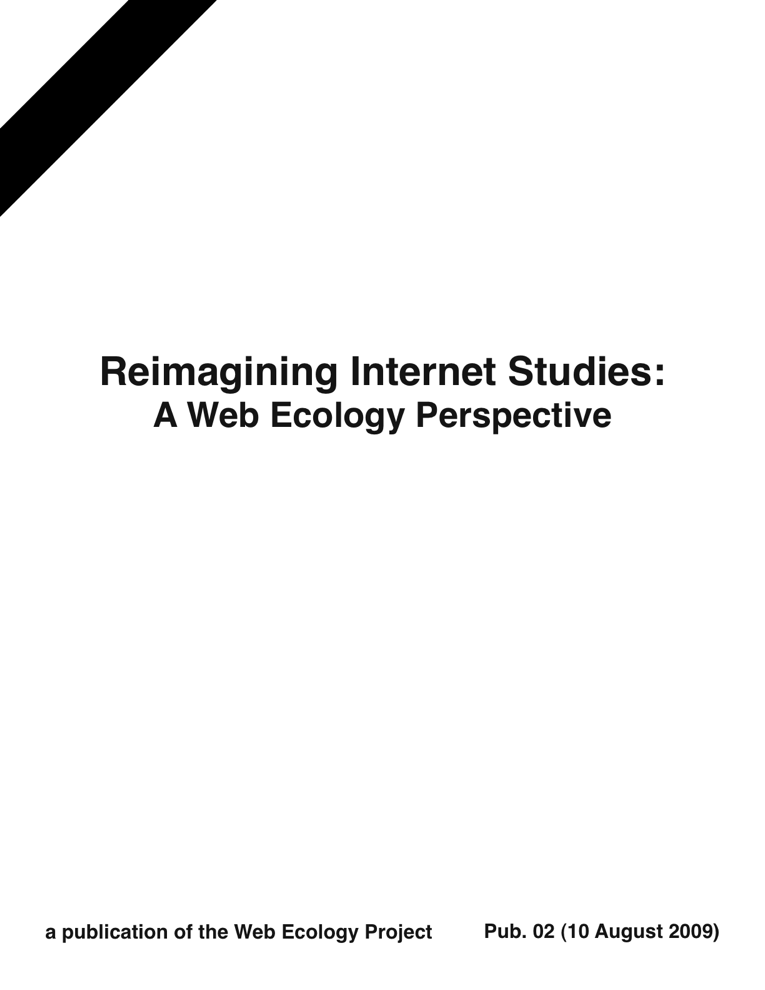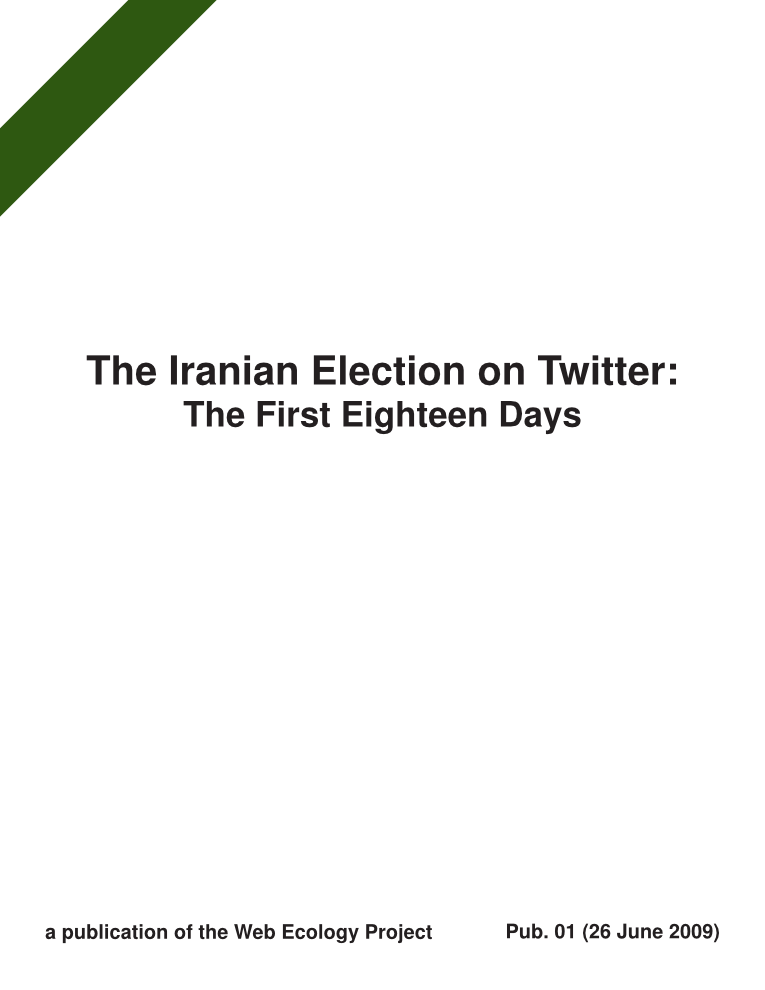Afghanistan and its Election on Twitter: The Macro Picture
Data Summary
- 111,741 tweets about Afghanistan and its presidential election posted between August 11, 2009 and September 9, 2009
- 11,255 tweets on August 20, 2009, the day of the election
- 29,642 users talked about Afghanistan in our dataset
- Top 10% of tweeters contributed 65% of tweets (same as Iran Election)
- Number of retweets for a user was not correlated to their tweeting volume (same as Iran Election)
- 483 hashtags were used at least 3 times
- No single, dominant hashtag (differs from Iran Election)
- 3 most used hashtags: #Afghan09, #Afghanistan, and #AfghanElection
Introduction
Afghan citizens went to the polls on August 20, 2009 after a controversial delay recommended by Afghanistan’s Independent Election Commission to allow ample time to prepare for fair and safe elections. Karzai was favored to win the election amid a large pool of contending candidates; the most serious challenge coming from former Foreign Minister of Afghanistan Abdullah Abdullah. In pre-election polling, Abdullah gained significant momentum as election day drew nearer and other candidates dropped their campaigns.
In a clear reference to the protests following the June presidential election in Iran, Abdullah’s campaign manager was quoted predicting street violence if Abdullah doesn’t win. Here at the Web Ecology Project, we wondered if Twitter would play as significant a role in reporting the election as it did in Iran. In a country where mobile phone subscriptions add up to an estimated 50% of the population, but internet access was roughly 1.5% at last estimate with the status of network expansion [pdf] unclear, could the available ICT infrastructure and awareness of social media prompted by the “twitter revolution†in Iran enable a similar phenomenon post-August 20?

